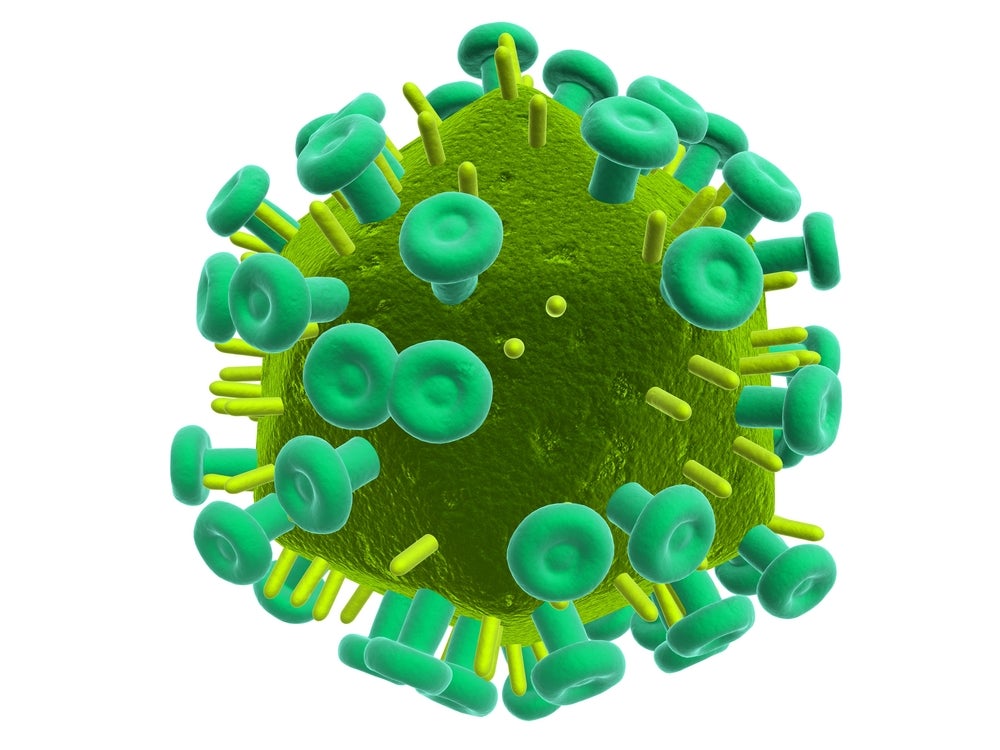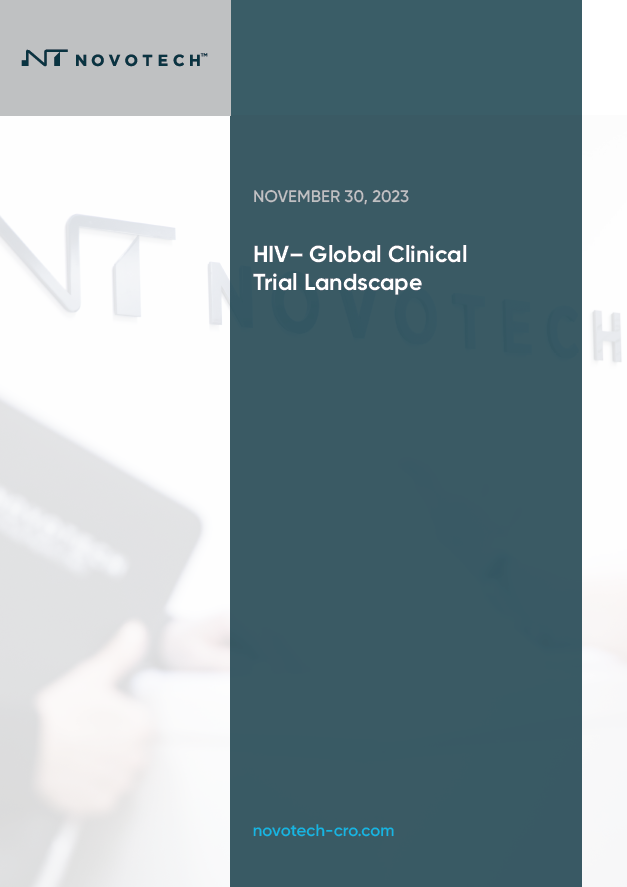
Novotech’s latest report explores the latest developments in cutting-edge research for HIV, including long-acting injectables, vaccines, and gene editing, underscoring their potential to enhance life quality and move closer to finding an HIV cure.
The report offers a global outlook on HIV epidemiology and reveals significant variations in prevalence and incidence among different regions. The most significant impact is experienced in Eastern and Southern Africa, whereas Asia-Pacific and Western and Central Africa exhibit considerable cases of HIV. In contrast, Western and Central Europe and North America report comparatively lower figures.
Until 2022, South Africa experienced a severe impact, while India and the United States faced significant HIV burdens. Factors like socioeconomic differences, limited healthcare access, and cultural practices contribute to higher prevalence in some regions, while others benefit from stronger healthcare systems and awareness programs.
In 2022, new global HIV infections emerged predominantly in Eastern and Southern Africa and Asia-Pacific. These disparities underscore the multifaceted influences affecting HIV prevalence and incidence worldwide. UNICEF predicts the HIV epidemic among adolescents and young people to persist until 2050 globally.
The global HIV clinical trial landscape
ART prevents HIV transmission from mother to child and reduces viral replication, achieving undetectable levels, and eliminating transmission risk to partners. Daily adherence ensures safety yet challenges like healthcare disruptions may necessitate medication switches to counter HIV drug resistance. FDA-approved drugs inhibit viral functions by blocking key enzymes or entry into immune cells. Recommended initial regimens involve integrase inhibitors combined with nucleoside reverse transcriptase inhibitors (NRTIs) for efficacy and safety. Diverse drug classes and combination medicines offer multiple options, emphasizing the importance of personalized treatment strategies in HIV care.
The global HIV clinical trial landscape since 2018 spans over 1,000 trials, led by Asia-Pacific, followed by Europe and North America. Mainland China and the US dominate trials in their respective regions. Trial phases vary with Asia-Pacific and Europe excelling in Phase I, while North America focuses on Phase II. Europe leads in completed trials, while ongoing trials predominate in North America and Asia-Pacific. HIV clinical trial growth rates from 2018 to 2022 favor North America (~9% CAGR), highlighting its robust research environment.
Concerning funding distribution by the Global Fund for HIV/AIDS research, there emerge significant differences across individual locations. Nigeria leads in total funding allocation, closely followed by South Africa, while significant allocations are evident in India, the Philippines, and Vietnam. On the other hand, venture capital funding predominantly occurs in China and the US each leading in HIV research in their respective regions.
The ongoing research in HIV treatment, including innovative drug formulations, HIV vaccines, and gene editing, signifies an ongoing effort to fulfill unmet needs and provide enhanced, accessible solutions for individuals living with HIV. There’s a shift in treatment approaches seen through injectable options like Cabenuva (CAB-LA) and Lenacapavir, reducing the need for daily pills. Weekly pill Islatravir and the experimental CRISPR-based gene editing hold promise in simplifying HIV treatment and providing long-lasting solutions.
Phase III developments by companies such as ViiV Healthcare UK Ltd and Gilead Sciences Inc’s provide novel medication combinations, targeting worldwide markets, broadening HIV therapy options. In addition to small molecule advances, upcoming phase III trials also includes new antibodies and vaccines, showing a wider strategy for combating HIV and a shift away from traditional drug development and towards varied therapy techniques.
Interested stakeholders can access the comprehensive disease report on HIV by downloading it below. This detailed report offers insights into ongoing clinical trials, providing a comprehensive overview of current advancements in HIV research on a global scale.



